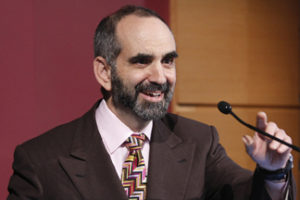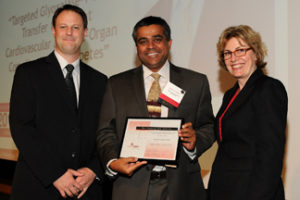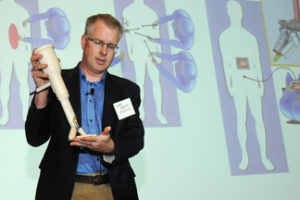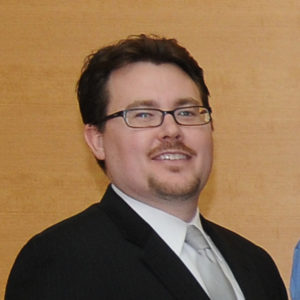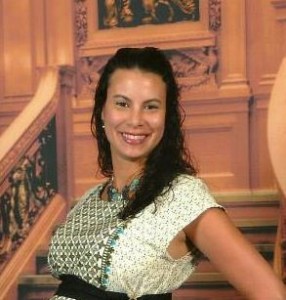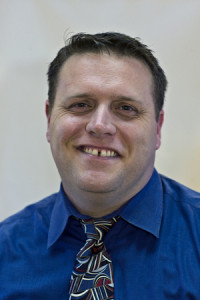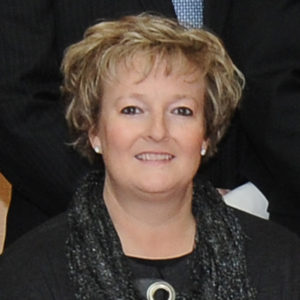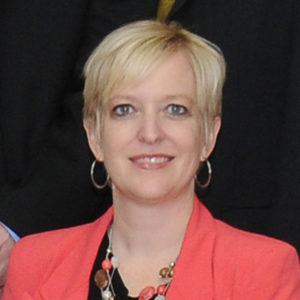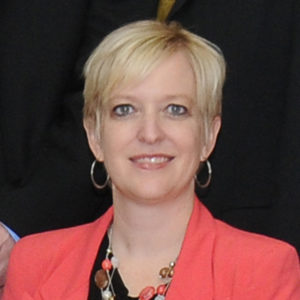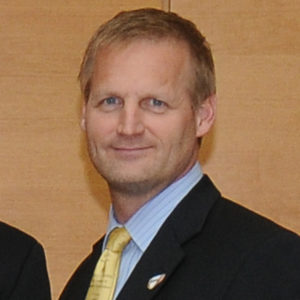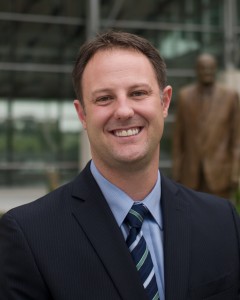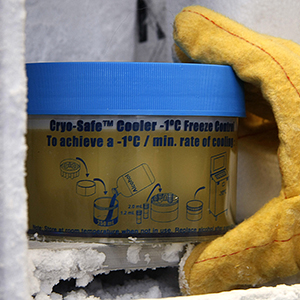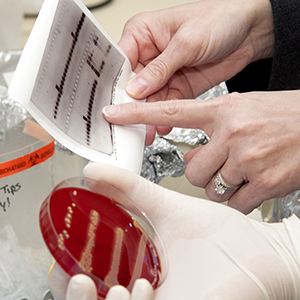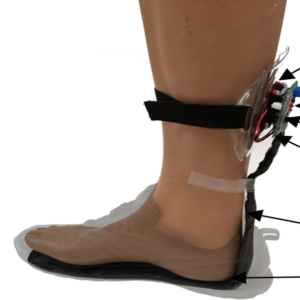OMAHA, Neb. (Oct. 24, 2013)—The University of Nebraska is calling for nominations and applications for two entrepreneurial awards that will be presented in spring 2014.
The Peter Kiewit Student Entrepreneurial Award is open to University of Nebraska students and student-teams that have “directed their energies, ideas, and talents toward community and business improvements with creative and innovative use of information technology.” Recipients of the Peter Kiewit Student Entrepreneurial Award receive a cash prize of $2,500. More information, including guidelines and application and nomination forms, can be found online at https://nebraska.edu/recognition-and-awards/peter-kiewit-student-entrepreneurial-award.html.
The Walter Scott Entrepreneurial Business Award is open to Nebraska businesses that create innovative opportunities for students, help build partnerships with the University of Nebraska or further the entrepreneurial and business community in the state. The winner receives $10,000 “to be used for the promotions and/or creation of multiple student work experiences in the fields of information science, technology, and engineering.”
More details, guidelines and application forms can be found online at https://nebraska.edu/recognition-and-awards/peter-kiewit-student-entrepreneurial-award.html.
Last year, the Peter Kiewit Student Entrepreneurial Award went to a team of graduate students at the University of Nebraska at Omaha who developed a business plan for STEM-Direct. STEM-Direct would provide affordable tutoring to high school and college students in science, technology, engineering and math.
Last year’s Walter Scott Entrepreneurial Award winner was Hudl, a Lincoln-based video analysis tool created by three University of Nebraska-Lincoln alumni. Hudl employs approximately 80 people, most of them UNL grads, and works primarily with high school and college athletics coaches to help them evaluate and share game and practice videos.
The deadlines for both awards are Nov. 11, 2013 for nominations and Jan. 6, 2014 is last day to submit an application.

